Exchange Server, the email management system from Microsoft, manages incoming/outgoing communication of your organization. If there is a single issue in any functional aspect of the Exchange server, it will affect the entire email communication very badly. It will also negatively impact the business process and revenue. The email flow can get disrupted due to multiple factors because the Exchange Server environment is a complex arrangement of different components like a database, JET Server Engine, etc.
The disrupting factors can be a firewall, anti-virus, network router, misconfigured connection, ports, transfer agents, Active Directory services, etc. Also, the server may crash due to hardware issues, software malfunctions, power failures, etc. All these reasons can lead to the corruption of Exchange database files too.
Troubleshoot the Exchange Server
Before starting to troubleshoot the mail flow issue in your Exchange Server, you should first check for the cause of the problem. When you find out why it will become relatively easy for you to solve the problem. Consider these points while searching for the reason behind the mail flow issue –
- Check how many user accounts are affected by the issue.
- Find the common thing with the user accounts which are facing the issues.
- Check what type of user accounts are facing the issue.
- Check when did the problem start with the user account.
- Check for any possible error message during the mail flow.
After considering all these facts, the Exchange administrator can start troubleshooting the mail flow issue.
Check the free space available in the database
The free space in the database can be found using the following cmdlets in the Exchange Management Shell:
Get-MailboxDatabase -Status | select Name, DatabaseSize, AvailableNewMailboxSpace

The command will present the available space in the database. Now, you can manage the database space accordingly.
Check for the stopped Exchange Server services
The errors in incoming and outgoing emails in the Exchange mailbox may be due to the non-functioning of some Exchange services. You can run the following command and find the inactive services.
Get-Service | Where-Object {$_.Name -Like ‘MSExchange*’ -and $_.Status -eq ‘Stopped’}

The list will contain all the services which have stopped working. You can start those Exchange services to fix the issue.
Create a new send connector
The Send connector handles the outgoing emails from your Exchange Server. You can create a new connector for the SMTP mails and solve the email issue.
Here is the process –
1. Login to Exchange Admin Center using the Administrator credentials and go to the mail flow option. Here go to the last option of send connectors and click the Add (+) button.
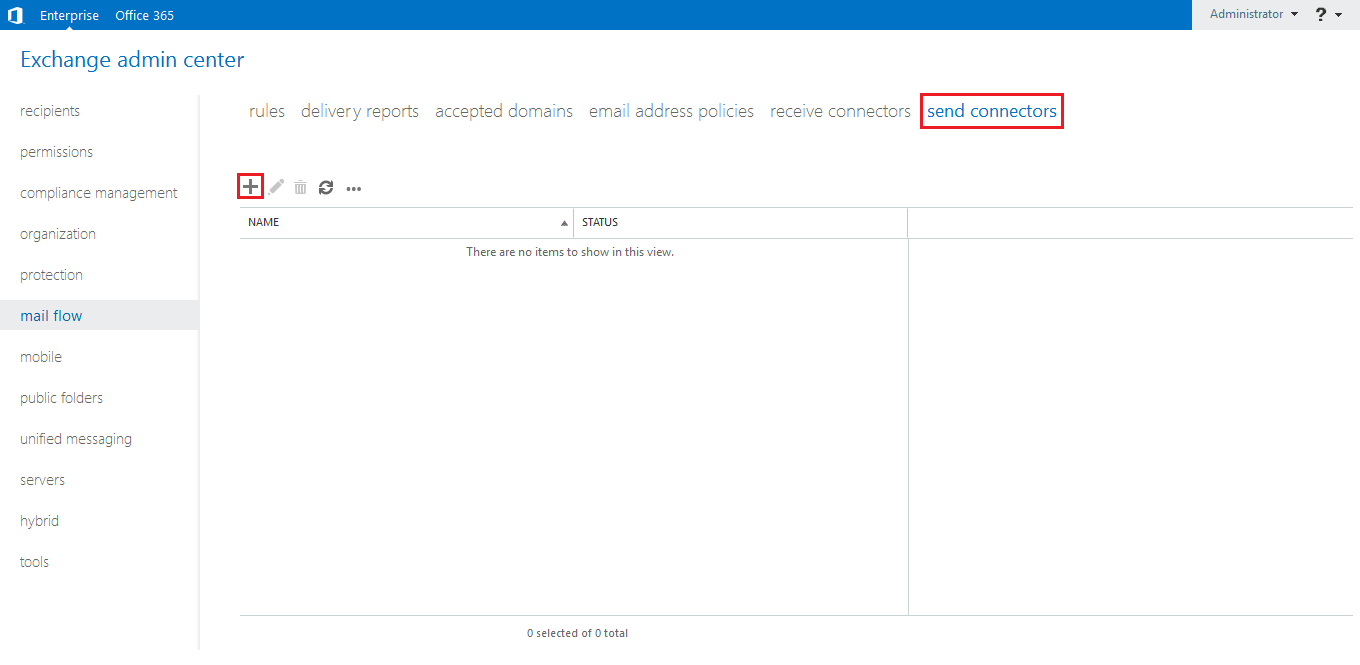
2. Provide a new name to the connector and select its type.
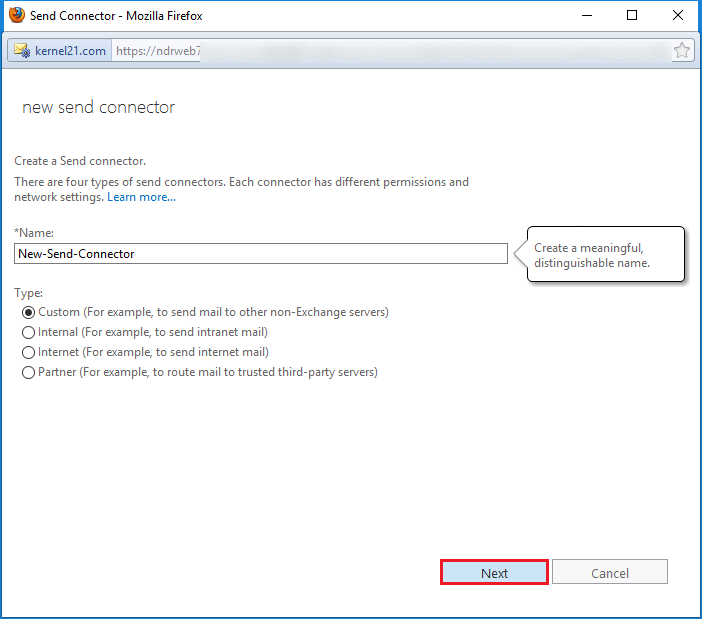
3. Choose the required network settings MX Record associated with recipient domain or Route mail through smart hosts. Then click Next.
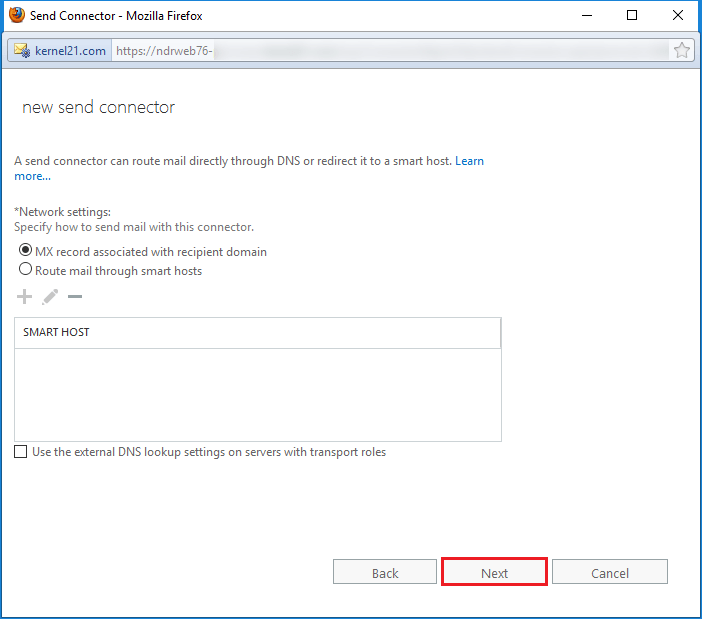
4. Click the Add button, and then select the SMTP network. To choose the domain name, you can insert a ‘*’. It means that it supports all the domains for the SMTP. After that, click the Next button to go ahead.
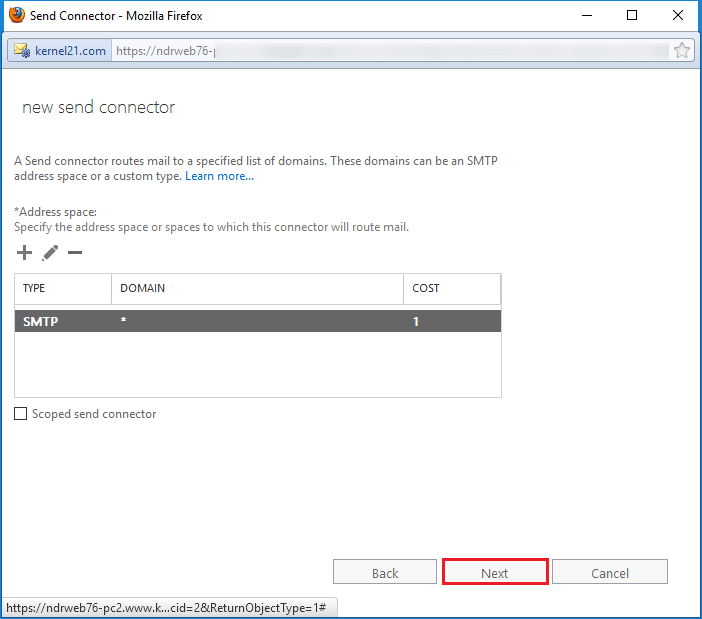
5. In the last step, select the source server from which you want to send the email messages. You can click the Add (+) button and select the server.
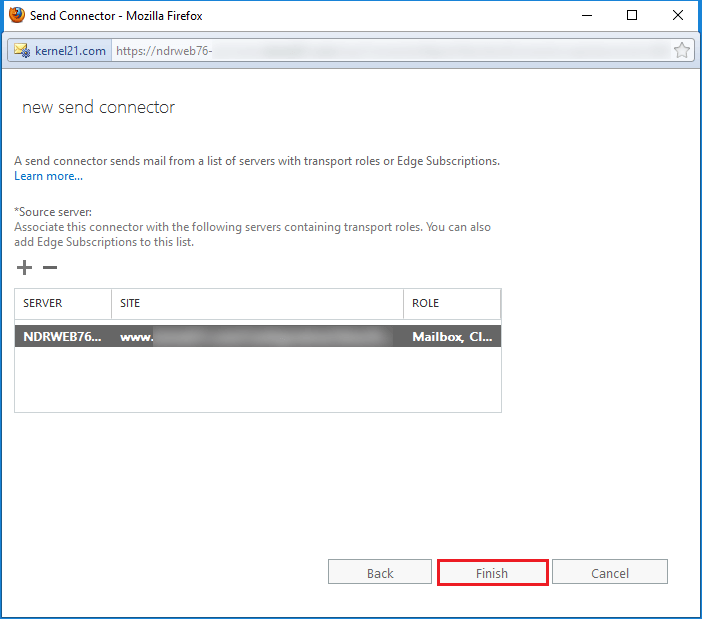
Finally, click the Finish button to finalize the changes.
These are the troubleshooting options that you can apply to fix the mail flow issue. However, these troubleshooting methods may not fix the corruption from Exchange or recover the corrupt or deleted items. You can use some manual methods like the ESEUTIL tool to repair the database. Still, many experts do not consider ESEUTIL a safe option because the hard recovery from ESEUTIL may delete the data. That is why you should use a professional third-party application to recover the data.
Exchange Recovery Using a Professional Tool
Exchange Server is a simple yet powerful Exchange recovery tool. It removes any corruption from the dismounted Exchange database files and presents you with the recovered data. You can choose to save the retrieved data in multiple destinations like Outlook PST file, Exchange, Office 365, and Outlook Profile. Also, it can be used for small-scale Exchange and Office 365 migrations. It supports all Exchange versions and Office 365 plans.

